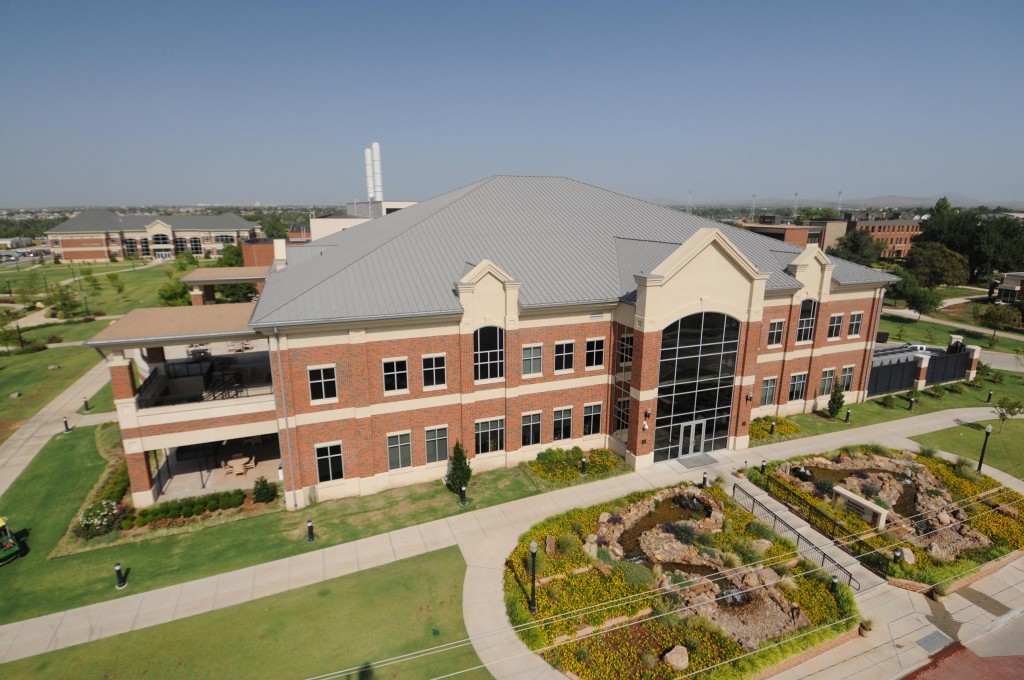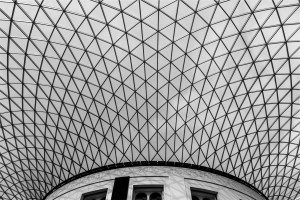 It has been a long time since my last blog on this subject. This is not only because I’ve been busy but also because the landscape of green building programs in general has changed significantly since Part II, and I wanted to wait to see how things shook out before I wrote something that might be immediately outdated. If you remember, we left off in Part II talking about how LEED, the most popular green building program in the US, has not been developed through an ANSI accredited consensus process. Furthermore, the resulting lack of transparency was dubiously ironic given that LEED demands a high level of transparency from building product manufacturers min the latest version of their program, LEED v4.
It has been a long time since my last blog on this subject. This is not only because I’ve been busy but also because the landscape of green building programs in general has changed significantly since Part II, and I wanted to wait to see how things shook out before I wrote something that might be immediately outdated. If you remember, we left off in Part II talking about how LEED, the most popular green building program in the US, has not been developed through an ANSI accredited consensus process. Furthermore, the resulting lack of transparency was dubiously ironic given that LEED demands a high level of transparency from building product manufacturers min the latest version of their program, LEED v4.
We also discussed the related but more general movement for manufacturers to fully disclose all of the ingredients in their products to a third party who then compares that list to lists of known hazardous substances and disclose any matches on a product label or public disclosure for all to see. This movement has been fueled by several large architecture firms sending letters to building product manufacturers threatening to stop specifying their products unless they participate. Although most manufactures agree that there is merit to disclosure and are anxious to participate in a fair program, they have not been privy to discussions regarding the logistics of such a program nor have they been allowed to participate in any kind of a standard development governing the disclosure process. This makes manufacturers reluctant to participate, given their vulnerability in such a situation. This risk is leveraged by the fact that currently the only standards that dictate the rules of such a program are under the control of consortiums who have little to no scientific expertise and, frankly, have not been friendly to the building products industry in the past.
I also mentioned that there are alternative programs to LEED that have been developed through a valid consensus process. Specifically, the International Green Construction Code (IgCC), ASHRAE 189.1 and Green Building Assessment Protocol for Commercial Buildings (also known as Green Globes) are ANSI standards that outline the relevant requirements for anyone to view. However, the USGBC marketing machine and resulting popularity of LEED prevented wide use of these standards. Thus, they remained largely unutilized. That is until this year, when the USGBC, IgCC and ASHRAE signed a Memorandum of Understanding, promising to work together and create a favorable consensus by eliminating duplication of provisions and assigning an area of responsibility for each group to maintain separately.
Although no documents have yet to be created, it appears that the administration and enforcement provisions of the new standard will come from the IgCC, and the technical content will come from ASHRAE 189.1, both of which are consensus based. Meanwhile, LEED will require compliance with 189.1 as a prerequisite to an upcoming interim version of LEED. This approach allows an Authority Having Jurisdiction (AHJ) to adopt the IgCC as a minimum standard of construction; dropping any reference to LEED they might currently have as minimum project requirements for all buildings. This leaves LEED to evolve as a completely voluntary program going forward and push the envelope of green building, which is their core mission. Meanwhile, Green Globes remains ANSI accredited and still exists as a commercial competitor to LEED. This environment should result in a more user friendly application process, the lack of which been a ubiquitous criticism of LEED for years, because Green Globes is much more user-oriented.
So, it appears that the most popular green building programs are poised to move in the
direction of a true consensus, which is fantastic news for everyone involved. However, the creation and development of disclosure programs, which will not be in the initial technical requirements provided by ASHRAE 189.1, remains largely a one-sided affair with no seat for manufacturers at the table. Besides the contentious nature of the subject in general, there are major philosophical questions that have to be addressed before Health Product Declarations (HPDs), or any type of disclosure in general, can be brought into the main stream. That subject is beyond the scope of this blog, but I encourage you to read a very good article on the trappings of HPDs called “Disclosure: The Newest Dimension of Green Building” by Jim Hoff.
The good news is that there may be a viable alternative to HPDs on the horizon. ASTM has a current open work item to develop a true consensus based standard guiding the issuance of a Product Transparency Declaration (PTD), which has much the same intent as an HPD. As discussed in Part I, the development of ASTM standards is a highly transparent process that allows everyone, including manufacturers, to come to the table. I encourage every designer to join ASTM and get involved in this process, especially those firms who participated in the letter writing campaign, and forgo HPDs until PTDs are available.
Yes, it will take a little longer; the reality that the development of consensus based standards takes time. But just like the development of the laws that govern this country, there is far too much risk involved in getting it wrong. Instead, having these standards developed by a consensus-based process is the only way the finished product will be truly useful and meaningful.

